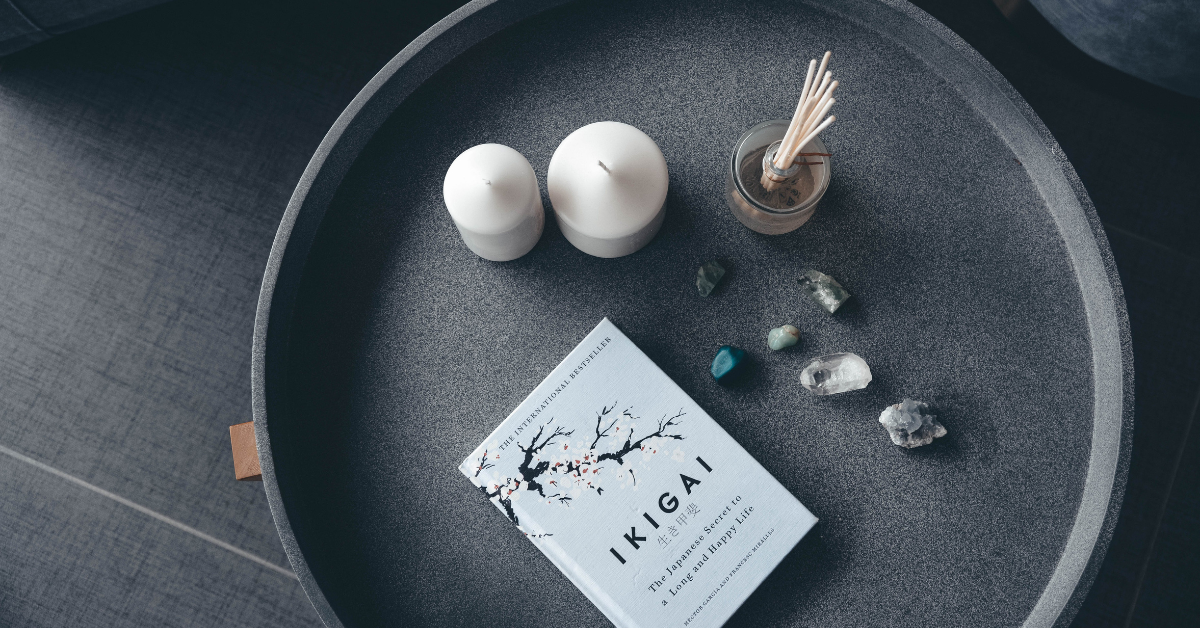Incenses have long been an important part of human history, regardless of civilization, culture or era. Their journey from ancient traditions to modern practices is as fascinating as the fragrances themselves. Let's see how incense was used in the past and how we can use it today.
Deep Roots in Ancient Civilizations
The earliest recorded use of incense dates back to ancient Egypt, around 3000 BC. n. no. The Egyptians used incense for both practical and ceremonial purposes. It was used in rituals, to worship the deities and for its pleasant aroma, which was believed to aid in the transition to the afterlife.
As incense they used various aromatic, most often incense resins, such as Boswellia, Myrrh, Kyphi.
Burning incense was so integral to Egyptian culture that incense or perfume had its own deity, Nefertema.
It was similar in ancient China, where incense was a key part of religious ceremonies and was often used in ancestor worship, dating back to the Neolithic period. At that time, aromatic wood and plants, such as cypress and sandalwood, were mostly used as incense. The Chinese also used frankincense in their traditional medicine and believed that it could purify the surroundings and bring harmony.

Global Cultural Significance
Over the centuries, the use of incense has spread globally, with each culture introducing and incorporating it into their daily lives in their own unique way:
Palo Santo from Peru
Palo Santo , which means "Sacred Wood" in Spanish, comes from Peru and other parts of South America. It was traditionally used for spiritual purposes, especially for cleaning rooms, driving away bad spirits and attracting positive energy.
Burning Palo Santa releases a warm, woody aroma with notes of citrus and mint, creating a calming and cleansing atmosphere.

Fragrant Sticks from India
India has a rich tradition of using incense sticks, or 'Agarbattis', in religious ceremonies and meditation.
The practice is deeply rooted in Indian culture, and incense sticks are made from various aromatic ingredients such as sandalwood and jasmine. They play a key role in Hindu rituals - they believe that the smoke from the sticks transmits prayers to the gods.
Dry Herbs from Central America
In Central America, dried herb bouquets , often containing sage and other local herbs, are often used in traditional cleansing rituals known as 'smudging' . This practice, deeply rooted in the indigenous cultures of the Americas, is said to cleanse spaces and people of negative energies.
Japanese Incense Incense
Nerikoh is a traditional Japanese incense dating back to the Heian period. Unlike incense sticks or cones, nerikoh is kneadable and often contains a mixture of natural ingredients such as agarwood, spices and honey.
It is a precious part of Japanese culture and is used in Kōdō, the sophisticated art of incense appreciation.
Tibetan "Rope" Incense
Unique to the Tibetan Buddhist tradition, Tibetan rope incense is made by wrapping natural ingredients such as sandalwood, juniper and herbs in rice paper and then twisting it into a rope shape.
It is used in daily rituals and meditation. This incense is said to help with concentration and cleansing the environment.

Modern Uses of Incense
In modern times, the use of incense has evolved, transcending its traditional religious and spiritual boundaries and becoming part of the daily lives of many.
A tool for Meditation and Awareness
Incenses are often used in meditation practices to create a calming atmosphere. The act of lighting incense can mark the beginning of meditation and help the mind to focus and the body to relax.
Aromatherapy and Healing
Many people use incense as a form of aromatherapy, whether at home or wherever they are. Different smells have different effects; for example, lavender is known for its relaxing properties, while sandalwood helps ground and calm the mind.
Improving the Atmosphere
Incenses are also often used to improve the atmosphere in a room. The scent of incense can transform the energy of a room, making it more inviting and peaceful. They are often used in spas, yoga studios and homes to create a peaceful environment.

Cultural and Artistic Expression
In some cultures, the use of incense is still deeply rooted in tradition and is a form of artistic expression. For example, the Japanese art of Kōdō involves the ceremonial appreciation of incense and is considered a path to self-awareness and cultural refinement.
Modern Rituals
Even in modern contexts, burning incense can be a ritualistic way to clear a space of negative energies, mark special occasions, or simply disconnect from the hustle and bustle of everyday life.

The Path to Release
From the ancient pyramids of Egypt to modern meditation studios, incense continues to be a universal element in human culture and spirituality. Their evolution from a sacred ritual element to a tool for everyday well-being and mood enhancement is testament to their enduring appeal and versatility.
When we light incense today, we not only enjoy its scent, but also participate in a timeless tradition that connects us to our past and enriches our present.



